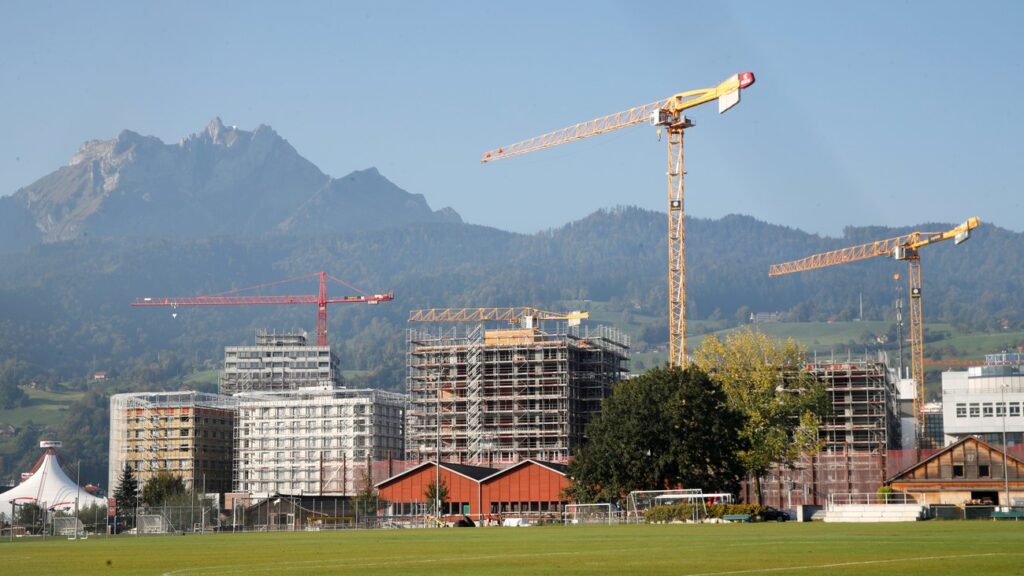by Prof. Markus Kern / Tobias Egli, University of Bern
Construction activity in Switzerland is intense: Every day, the equivalent of eight soccer pitches is newly covered with buildings. The increasing concern about the phenomenon of urban sprawl has already had tangible political consequences in recent years: In 2012 the so called «Second Home Initiative» was accepted on the federal level, banning the construction of second homes in municipalities with a proportion of second homes exceeding 20%. In the same year the voters of the Canton of Zurich accepted the so called «Arable Land Initiative» aiming at the protection of arable land in the canton.
In a similar vein the youth wing of the Green Party elaborated the federal popular initiative «Stop urban sprawl – for sustainable urban development (urban sprawl initiative)». The proposed amendment to the Federal Constitution aimed at permanently freezing the total area of construction zones in Switzerland. Any new construction zone could only be approved under the condition that elsewhere in the country an area of at least the same size would have been turned into a non-construction zone. Additionally, it called for the promotion of densification of existing settlements as well as for sustainable forms of living and working. Even though both the Federal Council and the Parliament agreed with the general thrust of the initiative to fight urban sprawl, they recommended to reject the popular proposal. Their opposition was based on the argument that strict measures against urban sprawl had already been taken and that the initiative would harm the needs of the population and businesses, ignore regional differences and increase housing prices.
The proposal was submitted to vote on February 10, 2019 and rejected by 63.7 % of voters and all of the 26 cantons. Despite a lively but short public campaign the turnout was comparatively low; just 37.4 % of voters went to the polls.
There are several reasons why the urban sprawl initiative was rejected by the voters:
- First, just five years ago, new and stricter rules to combat urban sprawl came into force. The revised Spatial Planning Act provides that building zones may only comprise as much land as any municipality needs for its development within the next 15 years. Building zones that are too large must therefore be reduced in size. The cantons are currently implementing these requirements, thus ensuring better protection for nature and the landscape. The initiators and the supporters of the initiative had argued that additional legal steps were needed to protect and preserve green spaces and arable land against rampant urbanisation. To the voters however, it was not clear how the initiative would have affected the new planning law provisions. In the eyes of some experts, it risked to disturb the new measures in a counterproductive way. From that point of view, the initiative may have come too early, for some voters – i.e. before the newly taken measures are fully effective and their impact can be assessed.
- Second, the demanded freeze by the initiative would have penalised the cantons and communes which already had reduced or planned their constructions zones with restraint. On the other hand, those cantons and communes which have foreseen overly large construction zones would have benefited unfairly.
Finally, even though many citizens shared the general convictions of the initiative committee, they considered the proposals to be too radical. The permanent freeze of building zones risked to severely restrain further economic development and may have led to increasing rents and real estate prices. Thus the popular proposal shared the destiny of other radical freezing initiatives, such as the popular initiative «Stop concrete structures – for a limitation of road constructions», which demanded a freeze of the total surface of roads for the use of motorized traffic in Switzerland. The initiative had been rejected by 72% of the population in 1990.
